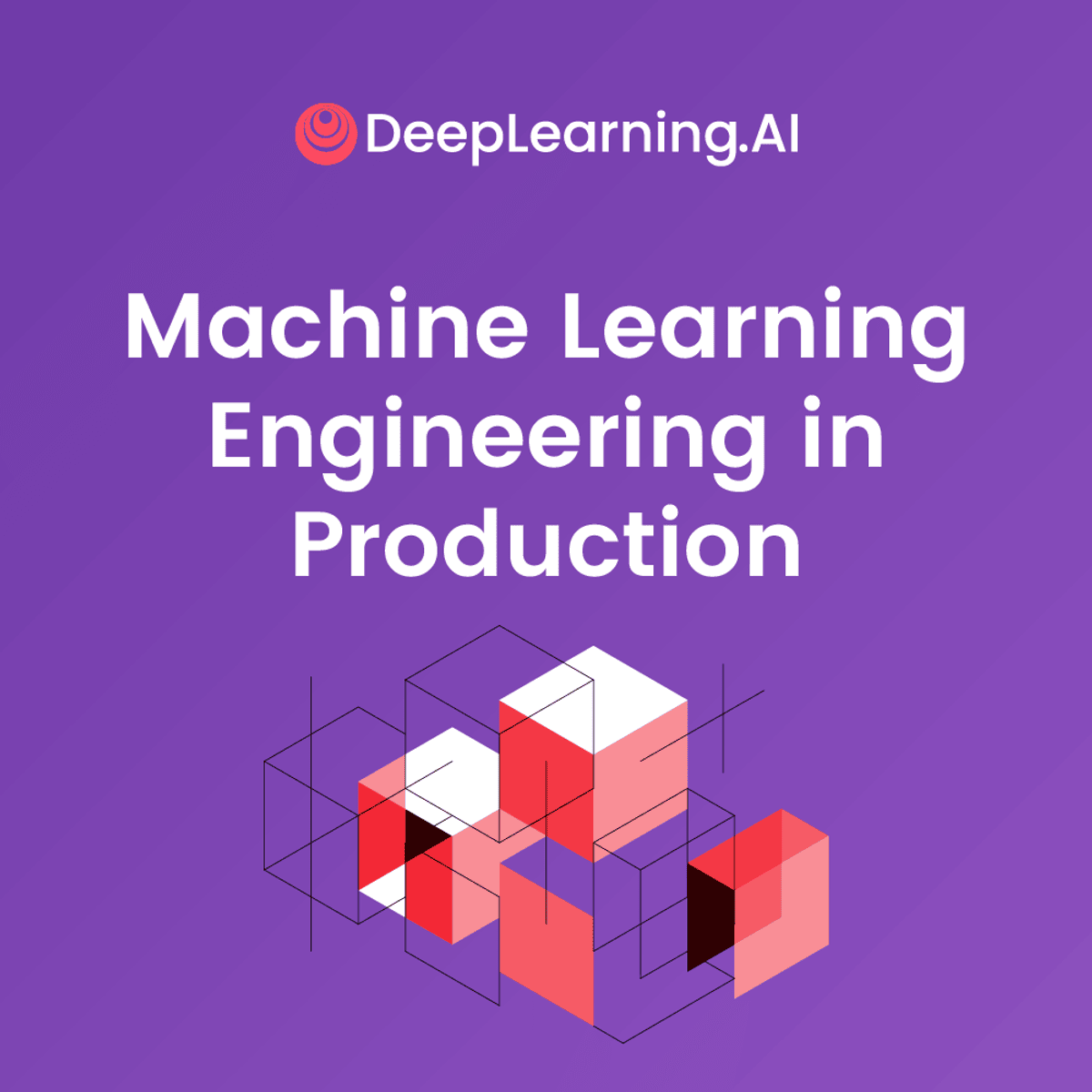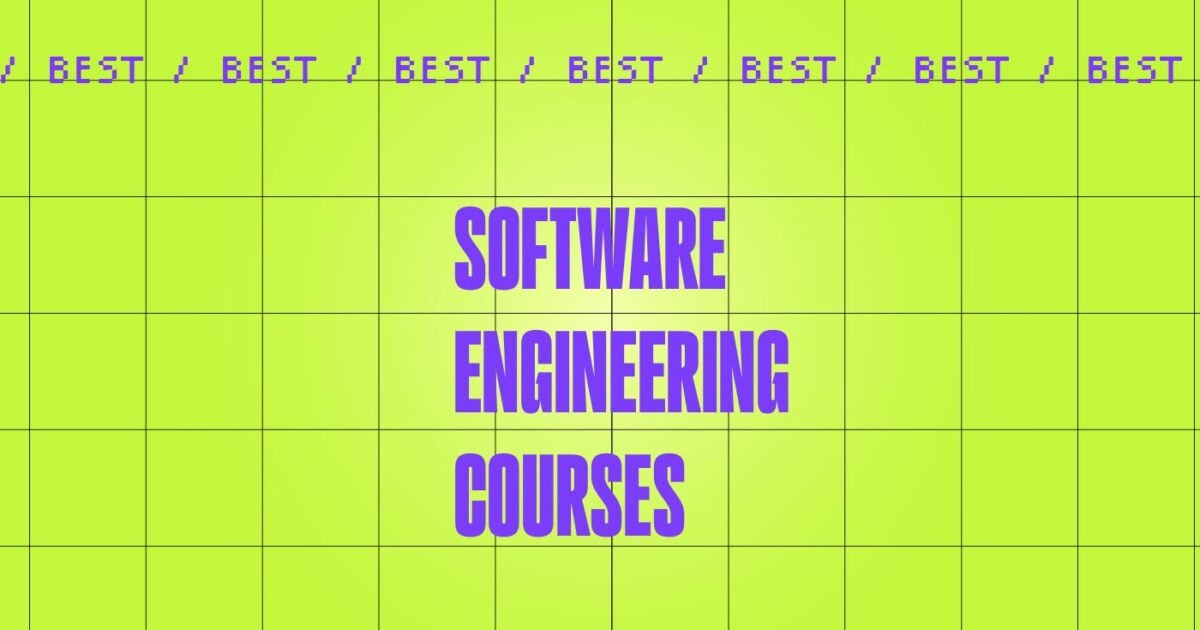All Categories
Featured
Table of Contents
- – 5 Best + Free Machine Learning Engineering Cou...
- – Machine Learning Engineer Learning Path Can Be...
- – Getting My Machine Learning Engineer: A Highl...
- – Things about Top Machine Learning Courses Online
- – Practical Deep Learning For Coders - Fast.ai...
- – Advanced Machine Learning Course Fundamental...
- – Machine Learning Crash Course for Beginners
Some people think that that's disloyalty. If someone else did it, I'm going to utilize what that individual did. I'm compeling myself to believe with the feasible remedies.
Dig a little bit deeper in the math at the start, simply so I can construct that foundation. Santiago: Lastly, lesson number seven. I do not think that you have to understand the nuts and screws of every algorithm prior to you utilize it.
I would have to go and examine back to in fact obtain a much better intuition. That doesn't indicate that I can not address things utilizing neural networks? It goes back to our sorting example I think that's simply bullshit suggestions.
As an engineer, I have actually serviced numerous, several systems and I've used lots of, several things that I do not recognize the nuts and screws of exactly how it works, although I recognize the impact that they have. That's the last lesson on that particular string. Alexey: The funny thing is when I consider all these collections like Scikit-Learn the algorithms they use inside to implement, for instance, logistic regression or something else, are not the like the formulas we research in artificial intelligence courses.
5 Best + Free Machine Learning Engineering Courses [Mit - Questions
Even if we attempted to find out to obtain all these fundamentals of equipment discovering, at the end, the formulas that these libraries make use of are various. Santiago: Yeah, absolutely. I assume we need a whole lot much more materialism in the market.

I normally talk to those that want to function in the industry that want to have their impact there. I do not attempt to talk regarding that due to the fact that I do not recognize.
Right there outside, in the industry, materialism goes a long method for sure. Santiago: There you go, yeah. Alexey: It is an excellent motivational speech.
Machine Learning Engineer Learning Path Can Be Fun For Everyone
One of the things I desired to ask you. First, let's cover a pair of points. Alexey: Let's begin with core tools and structures that you need to discover to in fact transition.
I know Java. I recognize SQL. I understand how to utilize Git. I recognize Celebration. Possibly I recognize Docker. All these points. And I listen to regarding equipment learning, it looks like an awesome thing. So, what are the core devices and frameworks? Yes, I viewed this video and I obtain persuaded that I don't need to get deep into math.
What are the core devices and frameworks that I need to find out to do this? (33:10) Santiago: Yeah, definitely. Wonderful question. I assume, number one, you must start finding out a little bit of Python. Because you currently know Java, I don't believe it's going to be a substantial change for you.
Not since Python is the very same as Java, but in a week, you're gon na obtain a great deal of the distinctions there. You're gon na be able to make some progression. That's leading. (33:47) Santiago: Then you obtain specific core devices that are going to be utilized throughout your whole career.
Getting My Machine Learning Engineer: A Highly Demanded Career ... To Work
That's a library on Pandas for information control. And Matplotlib and Seaborn and Plotly. Those 3, or one of those three, for charting and presenting graphics. You get SciKit Learn for the collection of device understanding algorithms. Those are devices that you're mosting likely to need to be using. I do not recommend simply going and discovering them out of the blue.
Take one of those training courses that are going to begin presenting you to some troubles and to some core ideas of maker discovering. I do not bear in mind the name, however if you go to Kaggle, they have tutorials there for totally free.
What's excellent regarding it is that the only need for you is to know Python. They're mosting likely to present an issue and tell you exactly how to use choice trees to address that particular problem. I think that procedure is extremely powerful, since you go from no device learning history, to comprehending what the issue is and why you can not resolve it with what you know now, which is straight software design methods.
Things about Top Machine Learning Courses Online
On the various other hand, ML designers concentrate on building and releasing machine learning designs. They concentrate on training versions with data to make predictions or automate jobs. While there is overlap, AI designers deal with even more diverse AI applications, while ML engineers have a narrower focus on machine understanding formulas and their functional application.

Equipment understanding engineers focus on creating and deploying equipment understanding designs right into manufacturing systems. On the other hand, data researchers have a more comprehensive function that includes information collection, cleansing, expedition, and structure designs.
As organizations increasingly embrace AI and machine knowing technologies, the need for skilled professionals expands. Machine learning engineers function on cutting-edge tasks, add to advancement, and have affordable wages.
ML is basically various from standard software application advancement as it concentrates on mentor computer systems to discover from information, as opposed to shows specific policies that are implemented methodically. Uncertainty of end results: You are most likely made use of to composing code with predictable outputs, whether your feature runs as soon as or a thousand times. In ML, nevertheless, the results are much less specific.

Pre-training and fine-tuning: Exactly how these versions are trained on substantial datasets and afterwards fine-tuned for certain jobs. Applications of LLMs: Such as text generation, sentiment analysis and info search and retrieval. Papers like "Interest is All You Need" by Vaswani et al., which introduced transformers. On the internet tutorials and programs concentrating on NLP and transformers, such as the Hugging Face program on transformers.
Practical Deep Learning For Coders - Fast.ai - Questions
The capability to take care of codebases, merge changes, and settle problems is simply as vital in ML advancement as it is in standard software program tasks. The skills developed in debugging and screening software application applications are extremely transferable. While the context may alter from debugging application reasoning to identifying problems in information handling or version training the underlying principles of systematic examination, theory screening, and repetitive improvement are the very same.
Maker learning, at its core, is greatly reliant on data and probability theory. These are important for comprehending exactly how algorithms learn from data, make forecasts, and assess their performance.
For those curious about LLMs, an extensive understanding of deep understanding styles is valuable. This includes not only the mechanics of neural networks but also the design of certain designs for different use instances, like CNNs (Convolutional Neural Networks) for picture handling and RNNs (Reoccurring Neural Networks) and transformers for sequential information and all-natural language processing.
You must know these issues and find out strategies for identifying, mitigating, and communicating about prejudice in ML versions. This consists of the possible impact of automated choices and the honest effects. Many models, particularly LLMs, require considerable computational resources that are typically provided by cloud systems like AWS, Google Cloud, and Azure.
Building these skills will not just help with a successful transition right into ML but additionally guarantee that programmers can contribute effectively and responsibly to the improvement of this dynamic area. Theory is vital, however nothing defeats hands-on experience. Start working with projects that permit you to apply what you have actually found out in a functional context.
Build your projects: Begin with simple applications, such as a chatbot or a message summarization tool, and gradually boost intricacy. The area of ML and LLMs is rapidly evolving, with new advancements and modern technologies emerging routinely.
Advanced Machine Learning Course Fundamentals Explained
Contribute to open-source jobs or create blog posts about your understanding journey and tasks. As you gain expertise, begin looking for opportunities to include ML and LLMs into your work, or seek new functions focused on these innovations.

Vectors, matrices, and their function in ML algorithms. Terms like model, dataset, features, labels, training, inference, and validation. Information collection, preprocessing methods, model training, evaluation procedures, and implementation considerations.
Choice Trees and Random Woodlands: Instinctive and interpretable designs. Matching trouble kinds with ideal versions. Feedforward Networks, Convolutional Neural Networks (CNNs), Frequent Neural Networks (RNNs).
Information flow, improvement, and feature design techniques. Scalability principles and performance optimization. API-driven approaches and microservices integration. Latency administration, scalability, and variation control. Constant Integration/Continuous Implementation (CI/CD) for ML operations. Design surveillance, versioning, and performance tracking. Discovering and addressing changes in design performance gradually. Resolving performance bottlenecks and source administration.
Machine Learning Crash Course for Beginners

Training course OverviewMachine understanding is the future for the following generation of software professionals. This training course serves as a guide to artificial intelligence for software designers. You'll be introduced to three of the most appropriate parts of the AI/ML discipline; overseen learning, neural networks, and deep understanding. You'll grasp the distinctions between standard shows and artificial intelligence by hands-on advancement in monitored learning before constructing out complex distributed applications with semantic networks.
This program functions as a guide to maker lear ... Program Much more.
Table of Contents
- – 5 Best + Free Machine Learning Engineering Cou...
- – Machine Learning Engineer Learning Path Can Be...
- – Getting My Machine Learning Engineer: A Highl...
- – Things about Top Machine Learning Courses Online
- – Practical Deep Learning For Coders - Fast.ai...
- – Advanced Machine Learning Course Fundamental...
- – Machine Learning Crash Course for Beginners
Latest Posts
Jane Street Software Engineering Mock Interview – A Detailed Walkthrough
How To Prepare For Amazon’s Software Development Engineer Interview
Interview Prep Guide For Software Engineers – Code Talent's Complete Guide
More
Latest Posts
Jane Street Software Engineering Mock Interview – A Detailed Walkthrough
How To Prepare For Amazon’s Software Development Engineer Interview
Interview Prep Guide For Software Engineers – Code Talent's Complete Guide